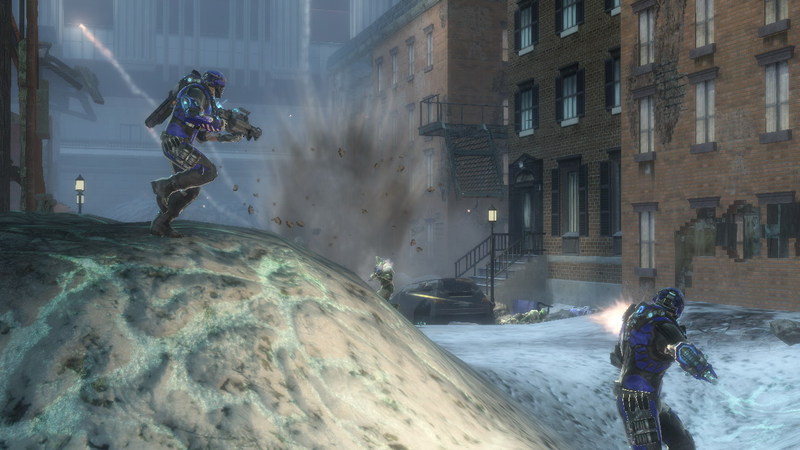Don't miss the interactive graphic.
 [Images: Geothermal projects and earthquake clusters in northern California; graphics by Hannah Fairfield, Xaquín G.V., James Glanz, and Erin Aigner for The New York Times].
[Images: Geothermal projects and earthquake clusters in northern California; graphics by Hannah Fairfield, Xaquín G.V., James Glanz, and Erin Aigner for The New York Times].So the scene this time is the countryside two hours north of San Francisco, with a company called AltaRock. "Residents of the region, which straddles Lake and Sonoma Counties," we read, "have already been protesting swarms of smaller earthquakes set off by a less geologically invasive set of energy projects there. AltaRock officials said that they chose the spot in part because the history of mostly small quakes reassured them that the risks were limited."
Serious seismic problems arise when you begin to tap into – and then break through – very deep rocks. The reference case for The New York Times here is something that happened in Basel, Switzerland, back in 2006 (a seismic event mentioned briefly in The BLDGBLOG Book). The specific drilling technique used in Basel, we read, was one that "created earthquakes because it requires injecting water at great pressure down drilled holes to fracture the deep bedrock."
- The opening of each fracture is, literally, a tiny earthquake in which subterranean stresses rip apart a weak vein, crack or fault in the rock. The high-pressure water can be thought of loosely as a lubricant that makes it easier for those forces to slide the earth along the weak points, creating a web or network of fractures.
One resident awesomely points out: “If they were creating tornadoes, they would be shut down immediately. But because it’s under the ground, where you can’t see it, and somewhat conjectural, they keep doing it.”
Artificial tornadoes! The U.S. wind industry should take note.
 [Image: Artificial terrain rises from below... A screenshot from Fracture by LucasArts].
[Image: Artificial terrain rises from below... A screenshot from Fracture by LucasArts]. In many ways, I'm reminded of the game Fracture by LucasArts, in which "terrain deformation" is deployed as a central part of gameplay. You use weapons like Tectonic Grenades to generate new and temporary, but militarily significant, geographic features: hills, valleys, moraines.
Putting these two stories together, though, perhaps an interesting plot emerges...
You find yourself driving north out of San Francisco one fall, hoping to do some hiking – but the further north you go, the more you notice slight tremors. Every few minutes, there's an earthquake – and some of them are rather large.
Soon, things start to look unfamiliar. You thought you knew this landscape from previous travels, but it no longer looks quite right. There are hills where you don't remember hills being. The road itself, freshly paved and by all indication brand new, weaves and winds around lulls and rises that aren't marked on the map – and the map was printed six months ago.
Finally, you reach your hotel around nightfall, only to experience another set of small earthquakes shake the ground. The clerk laughs as you try to sign for your room, because your signature comes out all wobbly as another temblor strikes. Your suitcase falls over.
"Am I gonna get any sleep tonight?" you ask, trying to play it funny.
But then, at 7am the next morning, your investigations begin...
Turns out, in a geologically-themed science fiction film directed by Roger Donaldson, from a screenplay by BLDGBLOG, that deep drilling operations by a foreign geothermal consortium have been "unlocking" certain well-faulted portions of subsurface bedrock; huge masses within the earth's surface then rise or fall, slipping sometimes quite quickly, thus drastically altering the visible landscape... and causing thousands of earthquakes each year.
The surface of the earth is being rearranged from below.
In any case, check out the New York Times for more.
(Thanks to Nicola Twilley for the tip!)
No comments:
Post a Comment